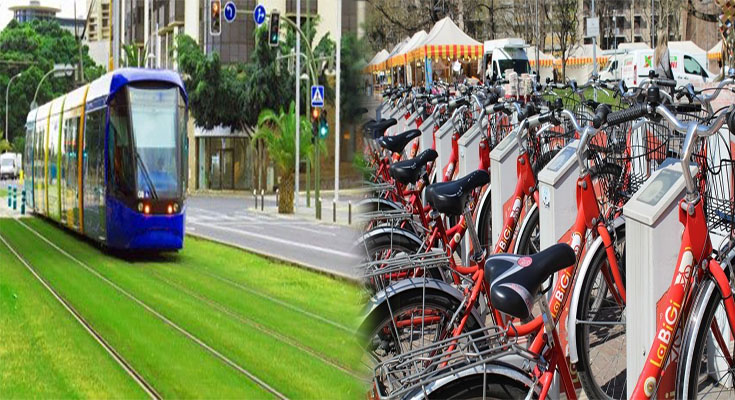Sustainable transportation ideas are those that focus on creating a healthy balance between humans, vehicles and the environment. This includes economic, environmental and social considerations.
Transportation is one of the largest sources of greenhouse gases worldwide, accounting for 23% of total global emissions. Changing travel habits is essential to reducing pollution levels.
The Importance
Greener transport options reduce the emissions of CO2 and other damaging gases that contribute to climate change. They also improve air quality, which can lead to increased health and quality of life.
Sustainable transport is also a way to build a sustainable economy, by reducing the demand for fossil fuels and using energy sources that come from renewable resources such as wind or solar power. It can also help reduce traffic congestion by encouraging alternative modes of transportation such as walking and cycling.
A holistic approach to planning, designing, procuring, building and operating infrastructure is essential for delivering sustainable transport options. This requires that sustainability be embedded throughout the five stages of infrastructure development: planning, design, tender, procurement and construction, and operations.
Alternative Modes of Transportation
Whether it’s walking to work, bike commuting or taking public transit, alternative modes of transportation can help you save money and improve your health. Even a small tweak to your daily commute can make a big difference in your life and the environment.
For example, taking a bus to work instead of driving your car may save you money on gas and maintenance costs while helping the environment at the same time!
Sustainable transportation also encourages compact development, which reduces travel times between destinations. This reduces congestion and roadway stress on roads, and leaves more room for parks, farms and other green spaces in and around cities.
There are many different kinds of alternatives to cars, such as cycling, walking and e-bikes. These are often more expensive than a car but can be an effective way to get around town.
Smart Cities
Smart cities are implementing a variety of sustainable transportation ideas to improve sustainability and residents’ quality of life. These include efficient public transport, pedestrian zones and ride-sharing services.
Moreover, smart technologies are being used for air quality monitoring. This can help people breathe cleaner air and save money on health care.
Another example is using smart street lighting to reduce energy use and reduce pollution from motor vehicles. These LED lights can dim or turn off when not needed and last longer.
These initiatives require a robust digital infrastructure that can support their growth and implementation. They also need to be able to integrate with other systems, including public transit, traffic management and electricity and natural gas supply.
The Sharing Economy
The sharing economy is a rapidly growing sector of the global economy, where goods and services are shared between consumers or businesses. This enables cost savings, convenience and environmental benefits, such as the reduction of waste, pollution and consumption of excess resources.
Sustainable transportation can benefit from the sharing economy by minimizing waste and reducing emissions, thereby promoting resource efficiency. In addition, a peer-to-peer system encourages users to reuse assets instead of disposing of them in landfill.
The share economy is an emerging socio-economic phenomenon that offers new opportunities for individuals and companies alike. These systems have the potential to revolutionize traditional business models by enabling consumers to access a wide range of goods and services without the need for ownership or third parties.
The Future
The future of sustainable transportation focuses on building and operating infrastructure that is affordable, accessible and efficient. It also aims to minimize its impact on the environment and ensure social equity.
Sustainable transportation is the dynamic balance between humans, vehicles and the natural systems in which they operate. The system must be accessible to everyone and should always maintain the environment in its natural state.
Sustainable transportation benefits people by reducing traffic congestion, air pollution, and energy consumption. It also encourages compact development, which leaves more room for parks, farmland and other green spaces.

